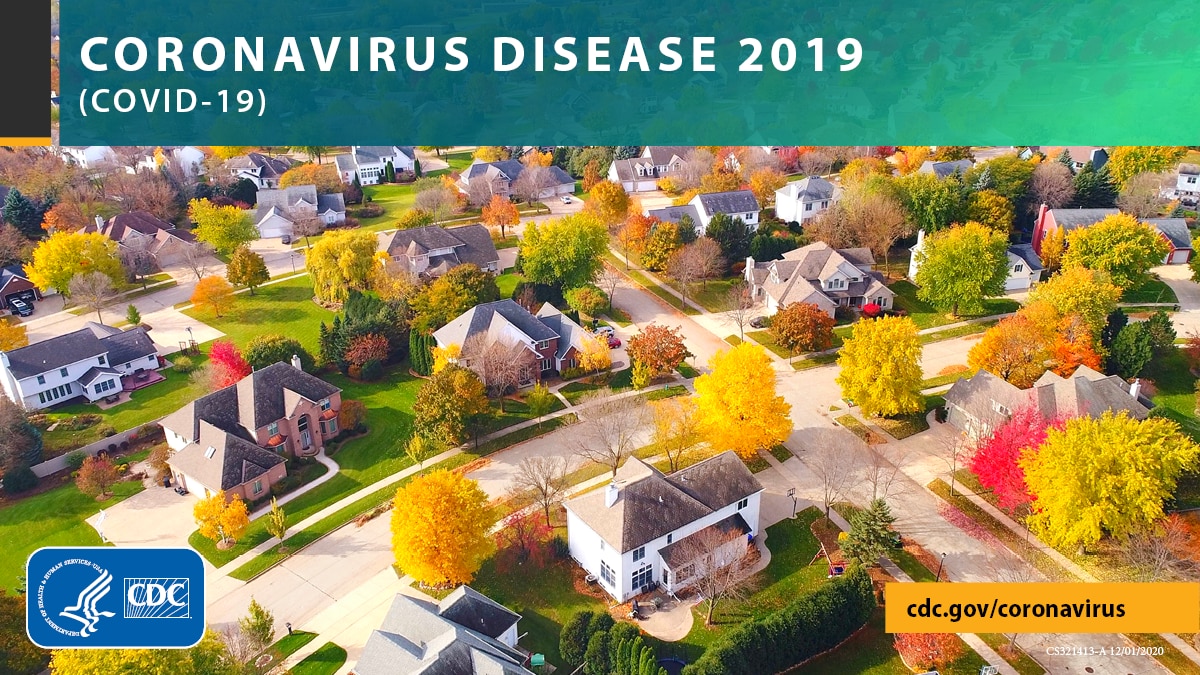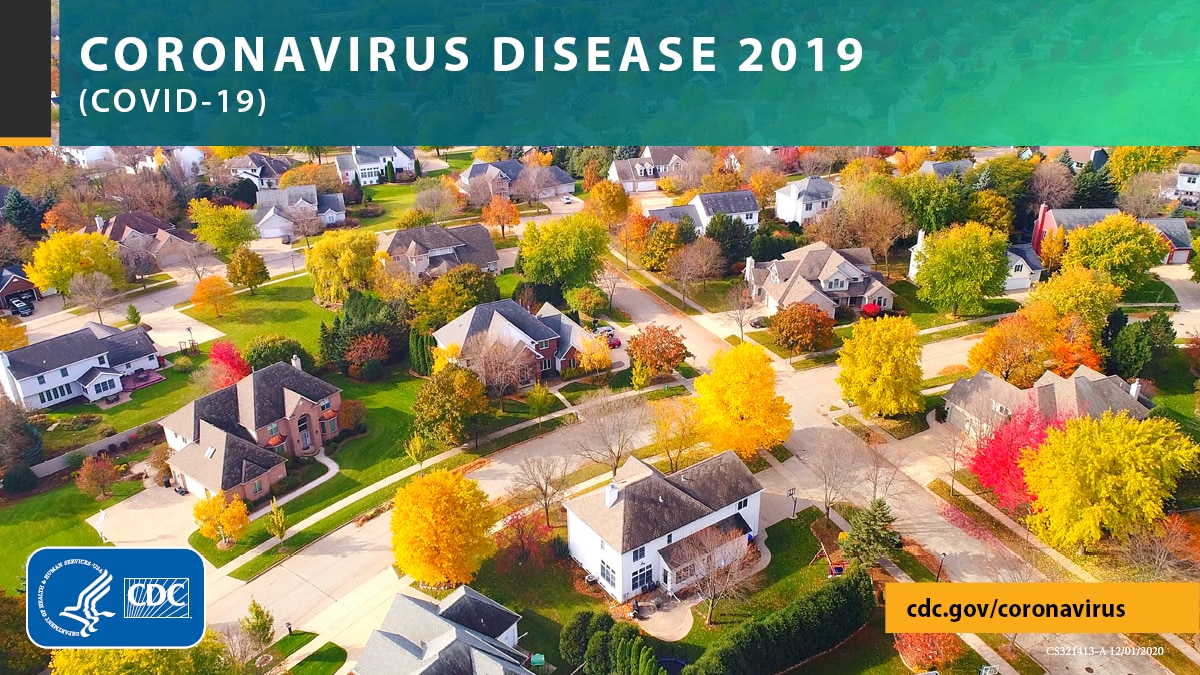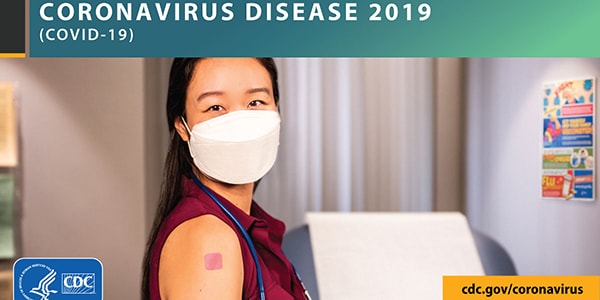CDC COVID-19 Global Response

Community Mitigation Activities by Epidemiologic Scenario
Community Action Plans
Community action plans can be developed by a wide variety of community groups (faith organizations, residential units, businesses) to provide setting-specific guidance to community members for various transmission scenarios. This includes planning for the provision of services and supplies when close contact and group gatherings are not allowed, limiting travel and related measures.
During All Transmission Scenarios
- Create setting-specific action plans in case of illness in the community or disruption of daily activities due to COVID-19 (physical distancing, securing supplies, special considerations for populations at high risk).
During Scenarios 2, 3, and 4
- Implement the established action plan and adjust as needed, based on the epidemiologic situation.
- Provide guidance for provision of services and supplies to people at increased risk of severe disease (medical care, food, and water) while limiting close contact and group gatherings.
- Establish screening (for temperature, respiratory symptoms, loss of taste or smell, exposure history) of persons entering community settings.
- Limit nonessential travel (personal and work-related).
- Limit social gatherings or community events and adapt to disruptions in routine activities (school, work, business closures) according to guidance from local officials.
During Scenario 4 (All Levels)
- Cancel nonessential travel and nonessential gatherings.
- Limit or restrict the number of people allowed to visit community settings (e.g. marketplaces, transportation hubs).
- Provide services and supplies to people required to shelter in place (medical care, food, and water) while limiting close contact or group settings and exposures.
Personal Protective Measures
The best way to prevent illness is to avoid being exposed to the virus that causes COVID-19 by using personal protective measures such as hand washing, mask use, physical distancing, and ventilation. Provide guidance on how to wear a face mask and wash hands properly, and inform the community how to safely attend small gatherings and large events. Governments should encourage community members to continue practicing personal protective measures during all transmission scenarios.
During All Transmission Scenarios
- Provide guidance on protective measures (hand washing, mask use, physical distancing, and ventilation).
During Scenarios 2, 3, and 4
- Implement physical distancing measures, including reducing large gatherings and altering schedules to reduce crowding.
- Provide guidance on source control measures (face masks) and consider requiring the use of source control in public settings.
- Provide guidance on proper ventilation in indoor settings to reduce risk of transmission.
- Encourage both small and large gatherings to be held outdoors when possible.
- Provide guidance on home-based care for sick individuals.
Water, Sanitation, Hygiene (WASH) and Cleaning
While the virus that causes COVID-19 is primarily spread through respiratory droplets, transmission may still occur through touching shared surfaces. It is important for community members to have continuous, safe access to clean water for the purposes of washing hands and cleaning surfaces at all stages of transmission. At stages of minimal transmission, supplies should be procured, and guidance should be shared with the community to ensure access to needed public goods and facilities for washing hands and cleaning surfaces. Handwashing and cleaning practices should be implemented in both public and private settings.
During All Transmission Scenarios
- Identify mechanisms to supply water, soap, and cleaning supplies to the public.
- Identify communities at risk and ensure supply chains to support handwashing measures.
- Provide guidance on cleaning frequently touched surfaces and the importance of ensuring water, soap, and cleaning supplies are readily available.
During Scenarios 2, 3, and 4
- Prioritize availability of handwashing and cleaning supplies to the public.
- Provide guidance for establishing handwashing stations.
- Require every person to wash their hands before entering community settings.
- Require thorough cleaning of community settings.
- Provide guidance on how to clean a home when someone is sick.
Contact Tracing
Contact tracingexternal icon helps contain an outbreak by identifying those people who may have been exposed to a sick individual. Necessary adaptations to contact tracing programs will depend on the setting and will need to adapt to best suit the current epidemiology as the outbreak evolves. Contact tracing may be most feasible when there are few cases or a limited number of clusters. As cases rise, contact tracing resources may need to be directed towards high-priority settings. Community trust is critical for contact tracing to be successful. Community buy-in, ownership, and active participationexternal icon are essential to successfully implementing contact tracing for COVID-19. Below are considerations for when to implement contact tracing efforts.
During All Transmission Scenarios
- Train and recruit staff to conduct contact tracing activities.
- Develop guidance for monitoring close contacts and implementing quarantine and isolation.
- Identify methods to optimize contact tracing through simplified data collection, monitoring, and additional staffing.
- Conduct contact tracing and managing and monitoring of contacts as advised in MoH guidance.
- Monitor close contacts through culturally appropriate and community-based efforts.
- Isolate laboratory-confirmed COVID-19 cases until cases are no longer considered infectious.
During Scenario 4 (all Levels)
- Prioritize contact tracing activities and resources for high-risk settings (critical infrastructure, populations at risk for severe disease).
Schools and Workplaces
Schools and workplace settings are at risk for COVID-19 transmission due to people from different households interacting for prolonged periods of time. Modifying activities in schools and workplaces should be considered to keep community members safe while still meeting essential educational and economic needs. Precautions that can support mitigation of COVID-19 transmission should be implemented, including mask use, increased ventilation, physical distancing, and moving activities to outdoor settings when possible.
During All Transmission Scenarios
- Educate community members on the need to stay home from school or work when they feel ill with any type of symptoms.
- Educate administrators on the need for sick leave allowance and provision of distance learning or working from home, if possible.
During Scenarios 3 and 4
- Provide guidance to implement short-term closures (for cleaning, disinfecting, and contact tracing, as needed).
- Instruct administrators to implement distance learning or work from home arrangements, when possible, for people at increased risk of severe illness or those with close family or household members at increased risk of severe illness.
During Scenario 4 (all Levels)
- Instruct administrators to implement broader or longer-term closures.
- Direct administrators to implement extended distance learning and work-from-home arrangements, when possible, or ensure appropriate physical distancing between staff at workplaces deemed essential.
- Direct administrators to ensure flexible leave or work schedules for those who need to stay home due to school closures, childcare dismissals, or to care for elderly or ill persons.



